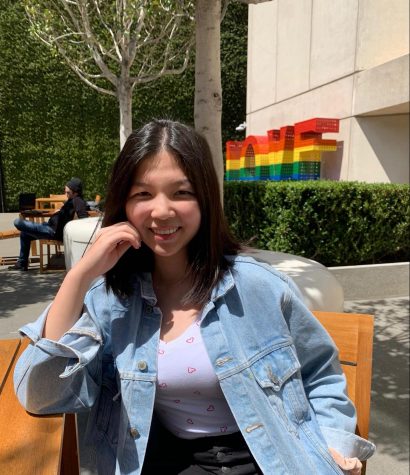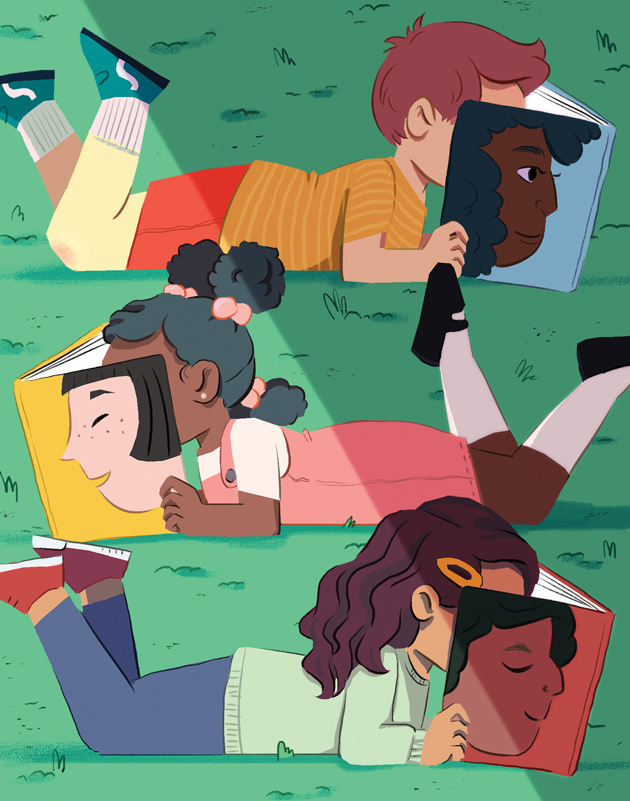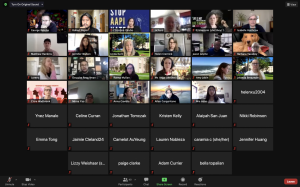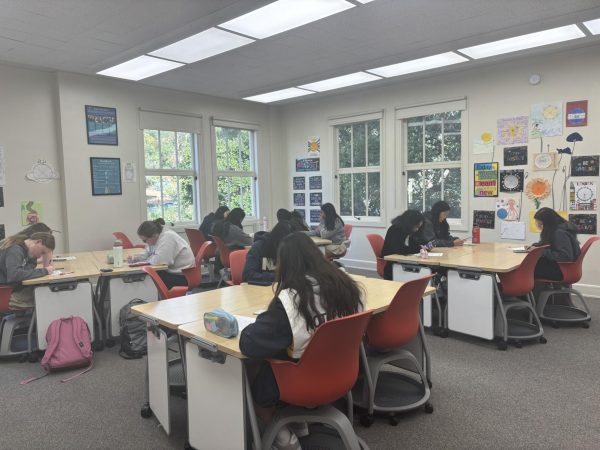Diversity in the school curriculum
The Catalyst / Shannon Wright
Students benefit from reading books with diverse characters.
For the past year, racism has been receiving increasing awareness in the nation. Starting with the Black Lives Matter protests as a result of police brutality to anti-AAPI violence now, the movement shows how the country still has a long way to go towards achieving racial equality. As education plays an essential role in society, diversity in the school curriculum is necessary.
“As my middle school is very diverse, going here [NDB] was a big difference for me but I think because we don’t go to as diverse of a school, it would be more important to read stories with diverse people as the main characters,” said NDB freshman Annette Henderson.
Having a diverse curriculum allows students become more open-minded and confident. Giving students exposure to multicultural backgrounds can enhance their awareness of racism, which can prevent them from having prejudices and prepare them to work with people that come from different backgrounds. In addition, diverse curriculums give support to those who are minorities by showing people from their background included in the story.
“I think because I’m usually not in a very diverse environment at Notre Dame,” Henderson shared, “so it’s like what’s happening in the books with all these white people also happening real-time at my school, so it’s just something that goes with the flow, something that I’m getting accustomed to. So, I think it’s all a bit too normal, the lack of diversity.”
At NDB, the English teachers are reviewing the curriculum book list to check the identity of the authors, protagonists, and the main characters to see how diverse these people are. They have recently realized that there is currently a lack of diversity in books for freshmen and sophomores.
“I admit that I’m surprised and a little disappointed by what I saw. We are diverse and representative in terms of males and female writers and characters, but are not as diverse when it comes to certain racial groups. For example, I didn’t see an East Asian writer for the first two years,” said English Department Chair Robert Rojas, “High school is only four years long, and if we’re going two years without hearing those voices, something’s wrong.”
To adjust this issue, teachers are reading different books on their own time as they work to reconstruct the freshman and sophomore reading lists so that more diversity is represented in the curriculum at NDB.
“One is by a Japanese author and it’s about a Chinese boy living in Japan at the very beginning of World War Two. So just the complexity of that relationship, of being the boy knows that he’s the enemy and the enemy’s land. And so I would like to add that to the sophomore curriculum to round out the world literature curriculum or the world literature aspect of that class,” Rojas shared about a book he has been reading recently that involved an East Asian protagonist.
“We’re definitely working on it. It’s not something that we’re going to solve in one meeting, or this spring. I hope that it’s something that we can continue to work on for the next few years, that we review our curriculum and make the appropriate changes, so that all of our students are able to or exposed to just different voices, different experiences.”
As said, this is a long term process, but at least the school started to take care of this issue. Racism will not end unless we start to make changes, no matter whether it is at school or outside.

Lynne Pan is a sophomore at Notre Dame, and this is her first year serving as a Staff Writer for The Catalyst. She is excited to write for NDB newspaper.
Lynne...








